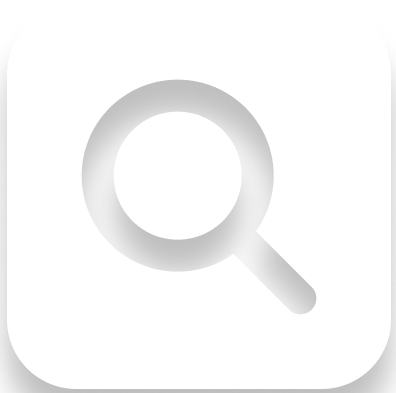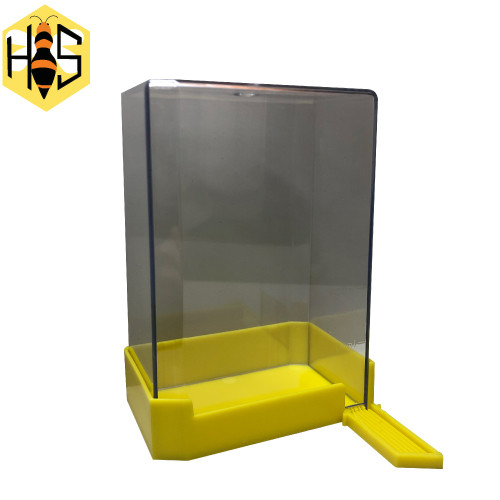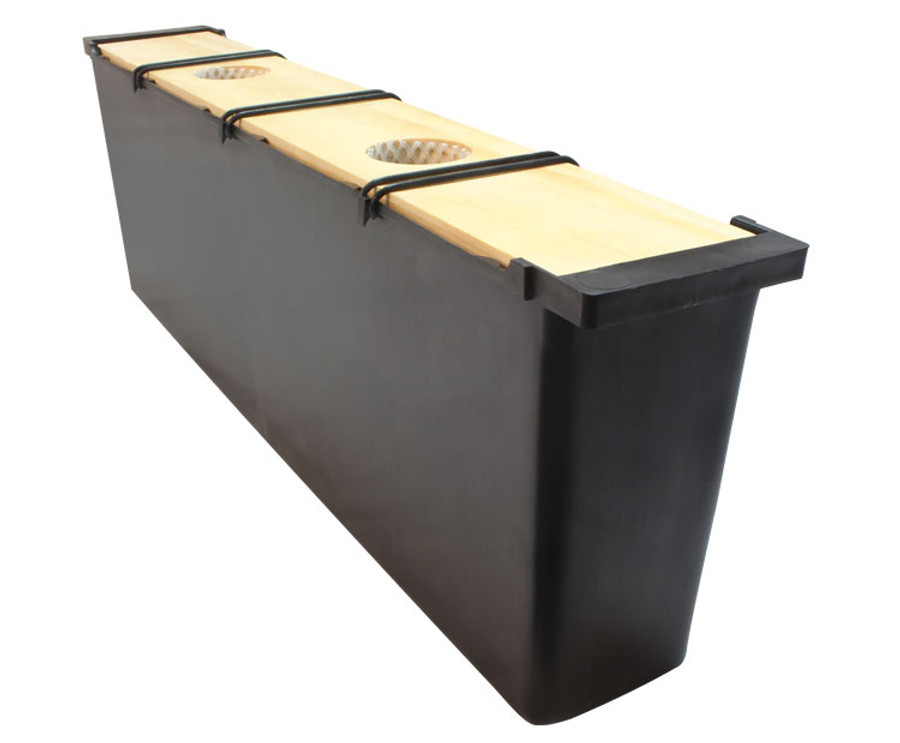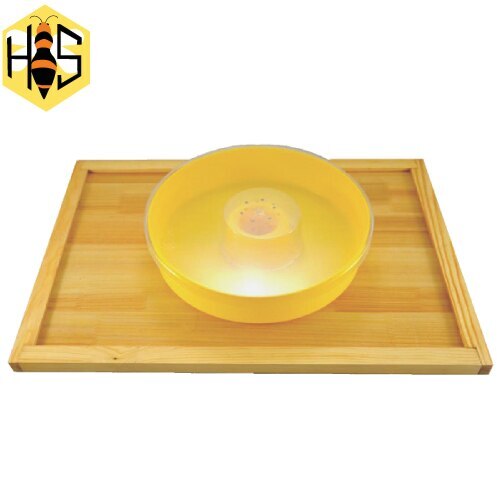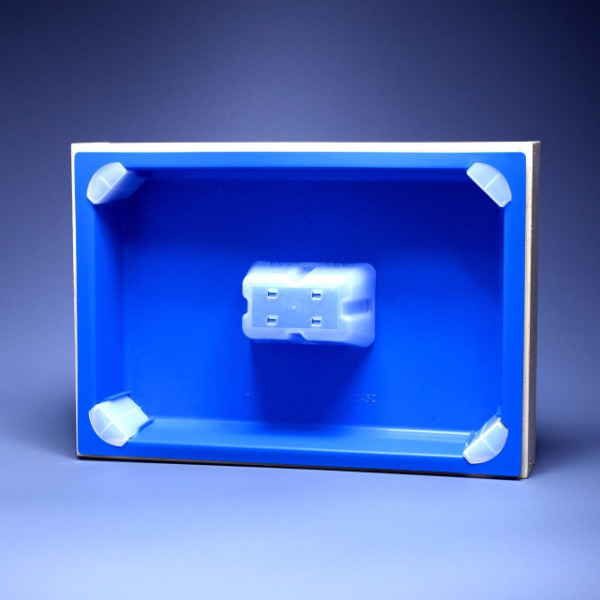Bee Feeding in Australia | A Rough How-To Guide | Hornsby Beekeeping
Author: Cathy M
Bee Feeding in Australia - A Rough How-To Guide
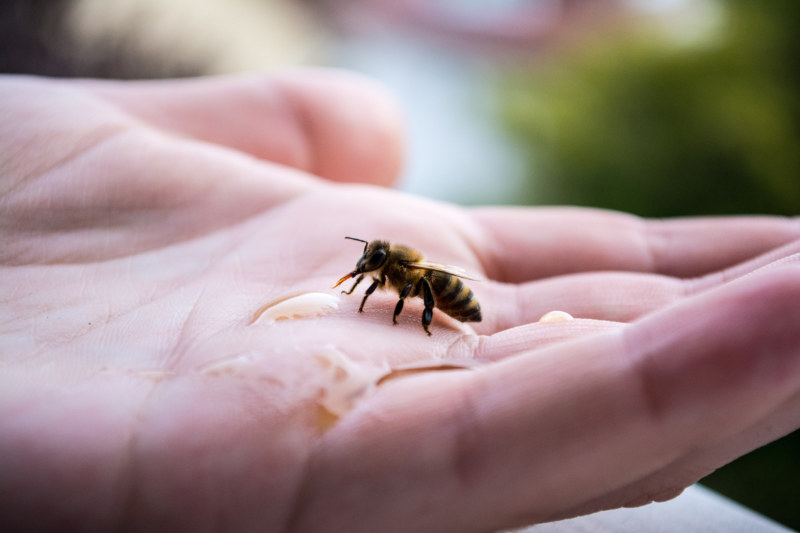
[Photo by Fabian Keller on Unsplash Feed your beloved bees to prevent colony starvation or kickstart in preparation for honey flow]
How to Support Your Bees During a Forage Shortfall
Over the past year, many regions in Australia, including Sydney, have experienced a significant bee forage shortfall. This shortage is likely due to factors such as unstressed plants, dry spells, and irregular flowering patterns of local flora. Although a honey flow is expected eventually, it’s crucial to keep hives healthy and strong in the meantime. Starved bees don’t produce honey and are more susceptible to pests and diseases, whereas strong hives can withstand external challenges.
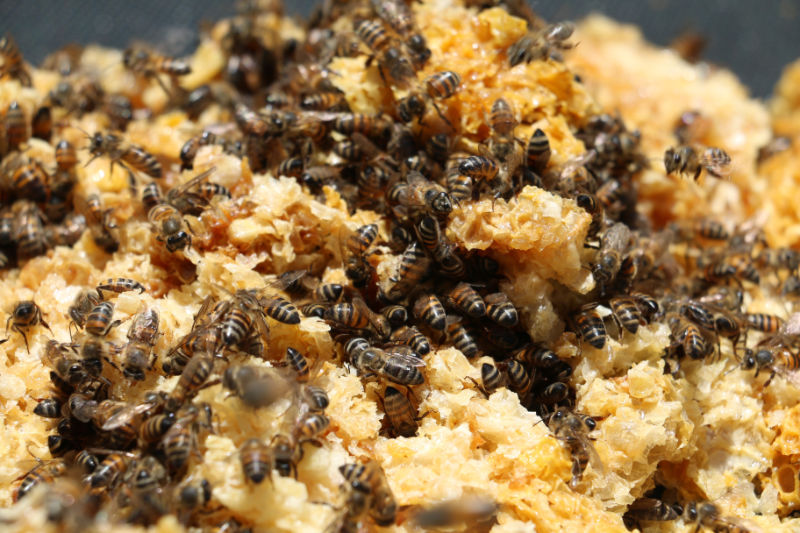
[Photo by g m on Unsplash - Don't leave honey out for bees to clean as it's against the your state livestock laws]
Signs Your Bees Are Hungry
Strong hives with low stores may start to plunder nearby weaker hives, robbing their stores and even killing the young in the process. Here’s how to tell if your bees might be hungry:
- Reduced stores in the brood box.
- Light-weight frames in both the brood box and honey supers.
- Bees scouting in unusual places like gutters, sheds, or even your back door.
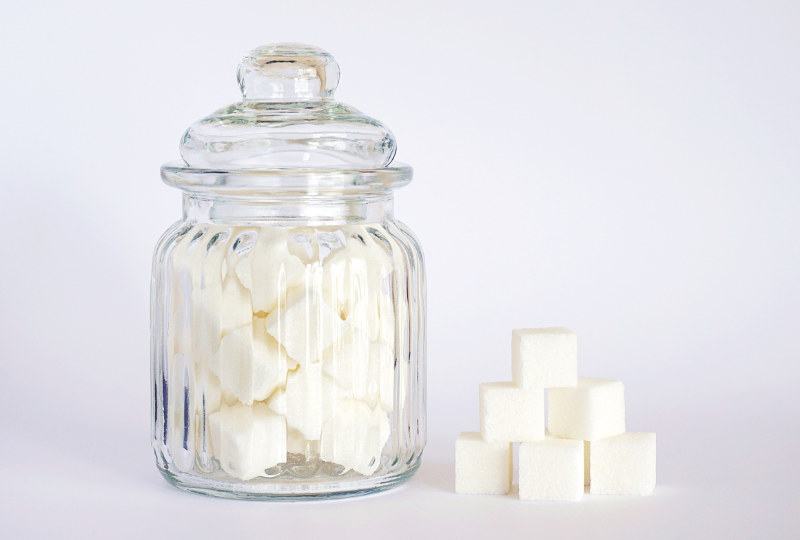
[Photo by Suzy Hazelwood - Feed 1:1 for stimulation and starvation - 2:1 is for winter storage ]
What Should You Feed Your Bees?
Bees need energy. Simple white sugar is the best and safest option.
To prepare a syrup mix, combine one kilogram of sugar with one liter of water. Heat the mixture on a stove to dissolve the sugar.
For rural settings, feeding sugar syrup in a shallow, open container is recommended. Use straws or grass to prevent bees from drowning. However, open feeding is not suitable for suburban areas. For small, weak hives, an individual feeder is best. If you have only one hive and no others nearby, a simple entrance feeder can be used—just be aware that entrance feeders aren’t ideal for multiple hive yards, as they can encourage robbing.
Choosing the Right Feeder
Our favorite is the frame feeder. Placed inside the hive, it’s not prone to robbing and can be used with confidence when starting a package of bees or raising nucleus hives.
For those with a flow hive or who prefer not to open their hives, a round feeder with a feeder board is a good option. These are also excellent for raising packages or starting a nucleus.
In extreme conditions where natural feed is scarce, we recommend the Ceracell Top Feeder. This feeder sits above the hive and holds several liters of syrup. Remember to check that the syrup is consumed promptly, as any leftover syrup can ferment.
But, bee aware that entrance feeders are not suitable in multiple hive yards. It can lead to robbing.
[Made in USA Mann Lake]
[Made in Italy Round Feeder by Quarti]
When feed is non-existent and conditions extreme, a Ceracell Top Feeder recommended. These feeders sit above the hive and hold several litres of syrup. Bear in mind any syrup not consumed by bees will ferment – so please check.
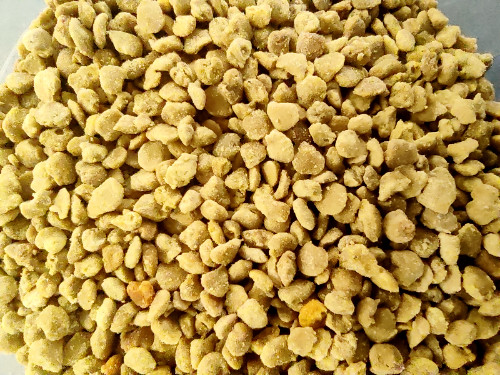
Don’t Forget Protein and Water
Bees also need protein. The preferred form is natural pollen, which bees gather and process into ‘bee bread’ within the hive. This bee bread is essential for feeding the young and maintaining the hive population. Some beekeepers feed dry pollen, but we recommend a proprietary bee feed like Custom Bee Feed. It’s milled, nutritionally balanced, and easy for bees to gather and manage. Custom bee feed can be fed dry in an open container or mixed with sugar syrup to create a ‘pollen patty’.
Water is vital. Ensure your bees have a constant and familiar water source, especially before the heatwave hits. Place water close to the hives to reduce their flying distance during hot weather. Make the water accessible by using sticks, logs, bricks, or stones. Observe your bees at their watering hole and make notes.
[courtesy of Federick Dunn]
A water source needs to constant, and familiar to your bees. Don’t wait for the first heatwave before putting out water. Place the water close to your hives so you don’t the bees extra flying work during heat waves. Make their water accessible. Use sticks, logs, bricks and stones. Observe your bees at their watering hole and make notes.
Feeding for Health, Not Production
Keep in mind that feeding bees is for their health and conditioning, not for honey production. Feed just enough, and stop when the honey flow starts. With good management and feeding, your healthy bees will be ready to bring in a fine honey crop.
What do you think of our article? How do you go about feeding your beloved bees, if at all? We'd love to read your input in the comment section below!





